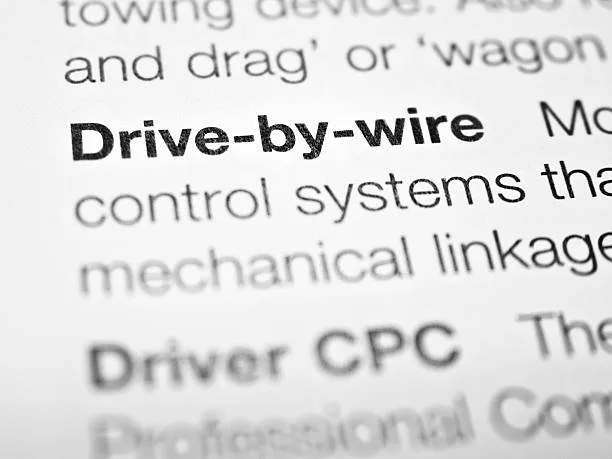Introduction
In the world of automotive engineering, technological advancements continue to reshape the way we drive and interact with our vehicles. Among the most exciting and transformative innovations is Drive By Wire (DBW) technology. Unlike traditional mechanical systems, DBW replaces physical connections between the driver and the vehicle’s control systems with electronic sensors and actuators. This revolutionary technology has already made its mark in the automotive industry, and it promises a future where driving is safer, more efficient, and more enjoyable than ever before.
The Evolution of Drive-By-Wire
Drive-By-Wire technology traces its roots back to the aerospace industry, where electronic controls were used to maneuver aircraft. The concept was then adapted for automotive applications, initially finding its way into high-end sports cars and luxury vehicles. Over the years, it has trickled down to more affordable models, becoming increasingly common.
Components of Drive By Wire
To understand how DBW works, it’s essential to grasp its key components:
- Electronic Throttle Control (ETC): The most common application of DBW is in the throttle control. Instead of a mechanical linkage between the accelerator pedal and the throttle body, DBW uses sensors to measure pedal position and sends electronic signals to control the engine’s throttle. This allows for precise and instant adjustments, improving fuel efficiency and drivability.
- Brake-By-Wire (BBW): Brake systems are also undergoing a transformation with DBW. Here, the traditional hydraulic system is replaced by electronic sensors and actuators. This technology enables advanced safety features like Anti-lock Braking System (ABS), Electronic Stability Control (ESC), and adaptive braking.
- Steer-By-Wire (SBW): Steering systems are evolving with SBW technology. It replaces the mechanical connection between the steering wheel and the wheels with electronic controls. SBW opens the door to innovations like lane-keeping assist, autonomous driving, and customizable steering feel.
- Shift-By-Wire (ShBW): In automatic transmissions, ShBW replaces the mechanical linkage between the gear selector and the transmission with electronic controls. This allows for smoother gear changes and the integration of features like paddle shifters.
Advantages of Drive By Wire Technology
- Enhanced Safety: DBW systems can react faster than human reflexes, making driving safer. Electronic controls can adjust throttle, brakes, and steering in milliseconds to prevent accidents and maintain vehicle stability.
- Improved Fuel Efficiency: Precise control of the throttle and other systems leads to better fuel economy. DBW can optimize engine performance for efficiency during acceleration, cruising, and deceleration.
- Customizable Driving Experience: With DBW, drivers can select different driving modes to suit their preferences, whether it’s a sporty, responsive feel or a smooth, relaxed ride.
- Integration with Advanced Driver Assistance Systems (ADAS): DBW is integral to the development of ADAS, paving the way for features like adaptive cruise control, automatic lane-keeping, and self-parking capabilities.
- Reduced Weight and Mechanical Complexity: DBW systems eliminate the need for heavy mechanical components, reducing a vehicle’s weight and complexity. This contributes to better fuel efficiency and overall performance.
Challenges and Concerns
While Drive-By-Wire technology holds immense promise, it’s not without challenges and concerns:
- Reliability: As with any electronic system, reliability is a critical concern. Ensuring that DBW systems work flawlessly under all conditions, including extreme temperatures and electromagnetic interference, is essential.
- Cybersecurity: With increasing connectivity in vehicles, the risk of cyberattacks is a real concern. Hackers could potentially gain control over critical vehicle functions, posing a significant safety threat.
- Driver Trust: Some drivers may be hesitant to embrace DBW, fearing a loss of control or the complexity of electronic systems. Building trust in these technologies is vital for widespread adoption.
Conclusion
Drive-By-Wire technology represents a significant step forward in the automotive industry’s quest for safer, more efficient, and more enjoyable driving experiences. As advancements continue, we can expect to see even more innovations in vehicle control and automation. While challenges and concerns remain, ongoing research and development are working to address these issues, paving the way for a future where our vehicles are not just modes of transportation but partners in enhancing our daily lives on the road.

